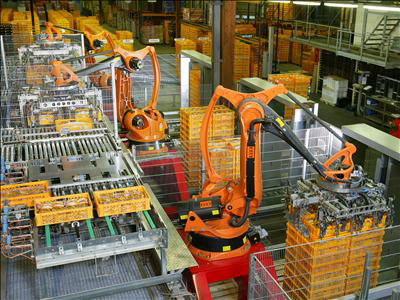In the just-in-time supply chain environment of the automotive industry, procurement and supply chain managers can consider adjusting inventory levels according to the risk of a renewed regional or national lockdown that might disrupt inbound supply availability for a certain period of time, concludes a recent report.
Throughout the month of May, Resilience360 researched 244 European assembly and component plants of major car makers to understand how the severity of the COVID-19 outbreak in countries with a strong automotive industry has impacted the sector.
Some insights from the report:
- Rising Component Prices: Persistent capacity shortages in the air freight market are creating record-high prices of component parts, particularly out of Asia.
- Supplier Insolvency: Key suppliers have been forced to file for insolvency or bankruptcy proceedings, with more than 350 recorded automotive-related company insolvencies in April-May.
- Widespread Furloughs: At the beginning of April, more than 1 million workers had been furloughed at large car makers and suppliers, according to data released by the European Automobile Manufacturers’ Association (ACEA). The industry accounts for more than 11 percent of all manufacturing jobs in the European Union, highlighting the economic importance of the sector for the entire continent.
- OEM downtime correlates with COVID-19 fatalities: A very high number of COVID-19 related cases and fatalities (10,000 or higher) has, in most cases, correlated with a long average downtime at Original Equipment Manufacturer (OEM) plants. The two European countries with the highest number of COVID-related fatalities, the United Kingdom and Italy, have had the longest average production shutdowns, 67.3 days and 58.8 days respectively, at OEM plants, since these nations have had more severe government-mandated lockdowns. Companies across industries can look to this notable factor when planning forward-looking contingency measures for a potential second wave of infections.
“While holding larger levels of stock may not always be financially viable, planning with varying levels of stock in countries with major production footholds will increase supply chain resilience as production re-starts, said Mirko Woitzik - Manager EMEA, Risk Intelligence for Resilience360.
“Supply chain professionals should prepare for further disruptions in the coming weeks and months as start-stop production could become part of the new normal for manufacturing companies.”
The Resilience360 report also offers recommendations for supply chain professionals to prepare for future COVID-19 infection waves and supply chain disruptions and to handle supplier unavailability and other logistical issues. These recommendations include monitoring fatality numbers in key locations, keeping track of regulatory changes and planning production resumption schedules, adhering to new health and safety protocol, exploring alternative transportation options and monitoring financial distress on the supplier level.
In an interview with SCMR, Woitzik made this observation:
“The largest automakers face continued challenges simply because of the size and complexity of their supply chains. They will need to prioritize developing local supply chains and shift away from just-in-time part delivery to a logistics system where local warehouses provide the safety stock needed should the disruptions—like additional outbreaks of COVID—happen. All automakers will need to identify the potential ‘risk of failure’ moving forward, and plan accordingly.”
SC
MR


Latest Supply Chain News
- How CPG brands can deliver on supplier diversity promises
- How S&OP provides the answer to in-demand products
- AI, virtual reality is bringing experiential learning into the modern age
- Humanoid robots’ place in an intralogistics smart robot strategy
- Tips for CIOs to overcome technology talent acquisition troubles
- More News
Latest Podcast

 Explore
Explore
Business Management News
- How CPG brands can deliver on supplier diversity promises
- How S&OP provides the answer to in-demand products
- AI, virtual reality is bringing experiential learning into the modern age
- Tips for CIOs to overcome technology talent acquisition troubles
- There is still work to do to achieve supply chain stability
- Blooming success: The vital role of S&OE in nurturing global supply chains
- More Business Management
Latest Business Management Resources

Subscribe

Supply Chain Management Review delivers the best industry content.

Editors’ Picks





